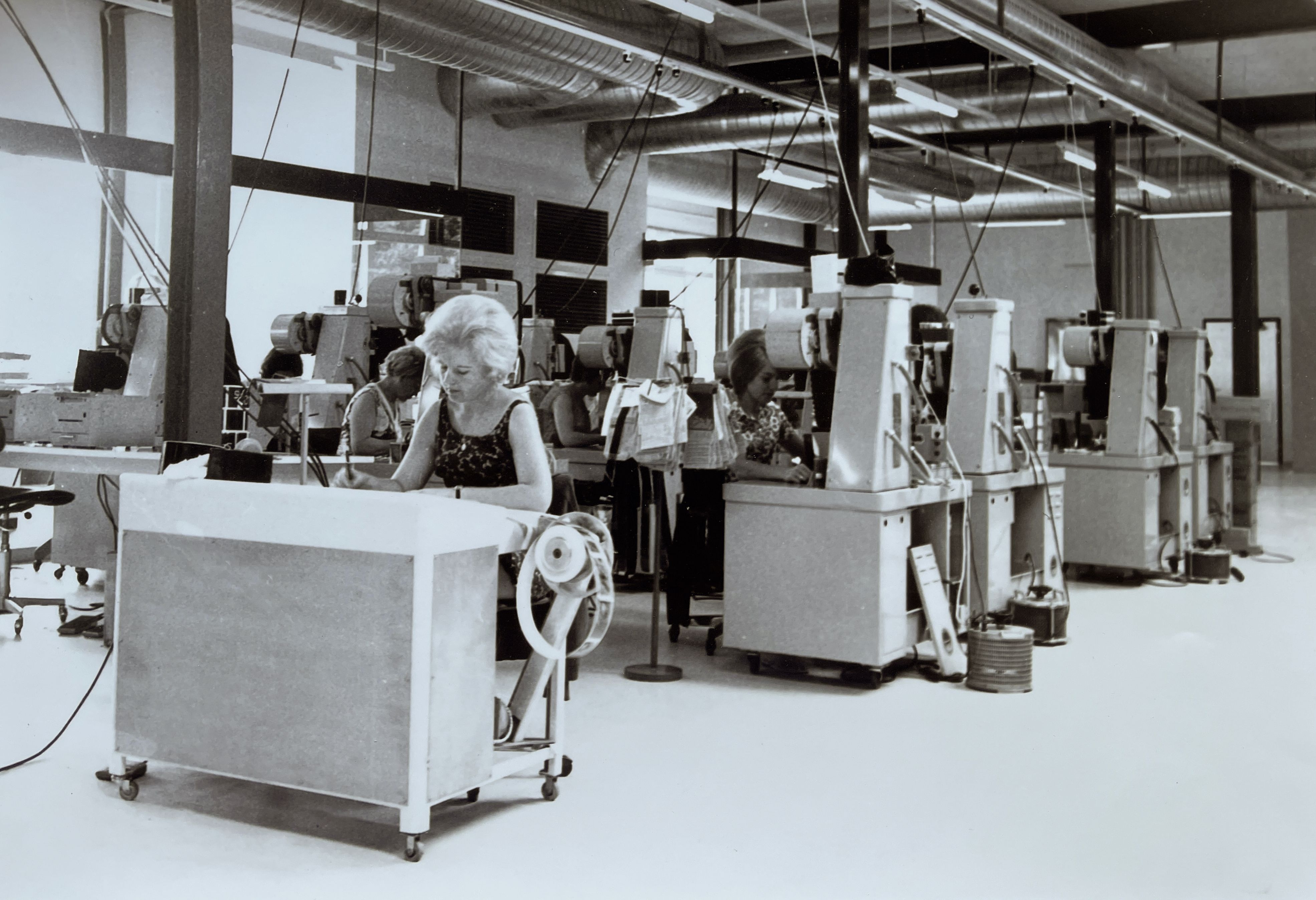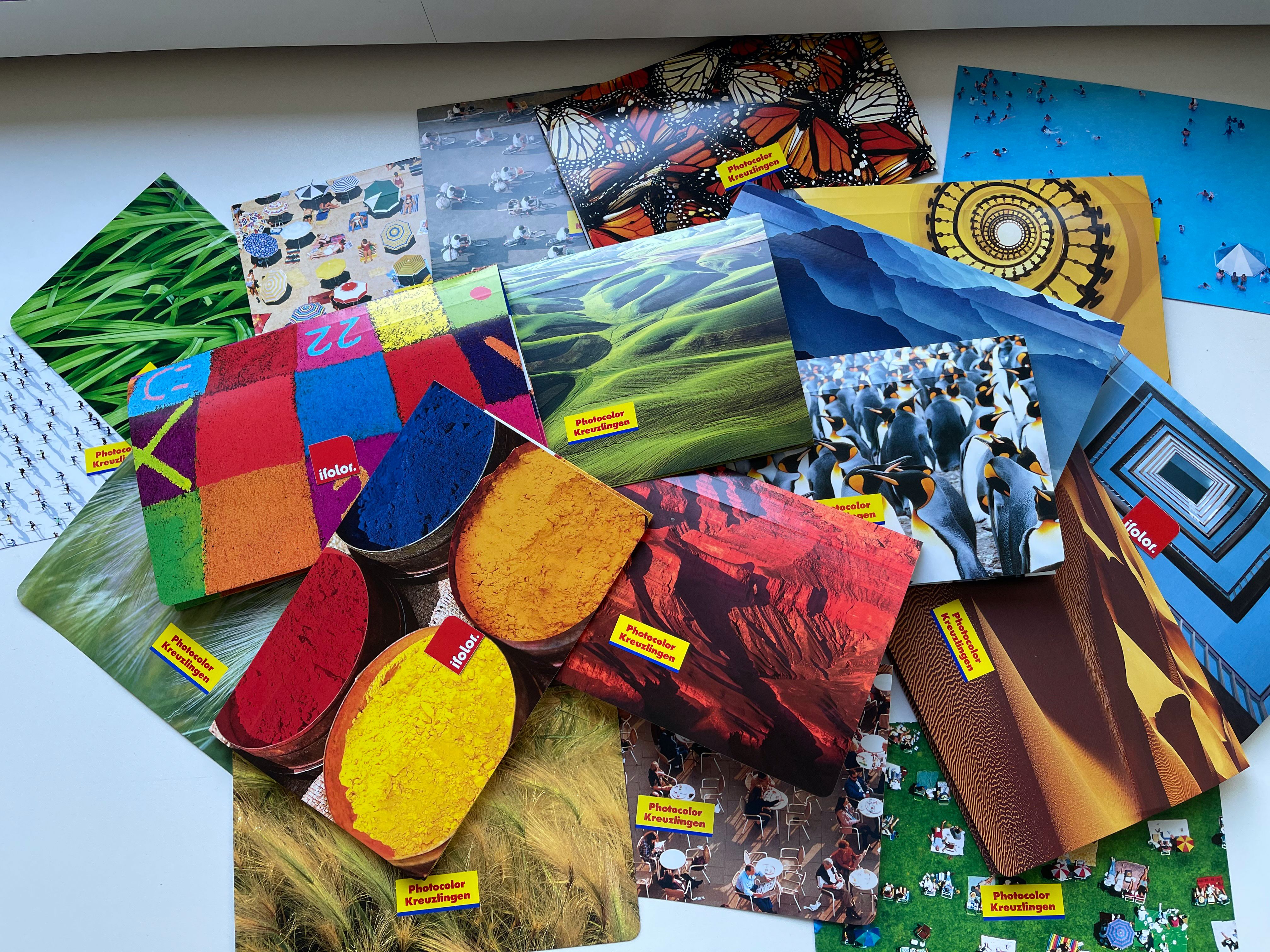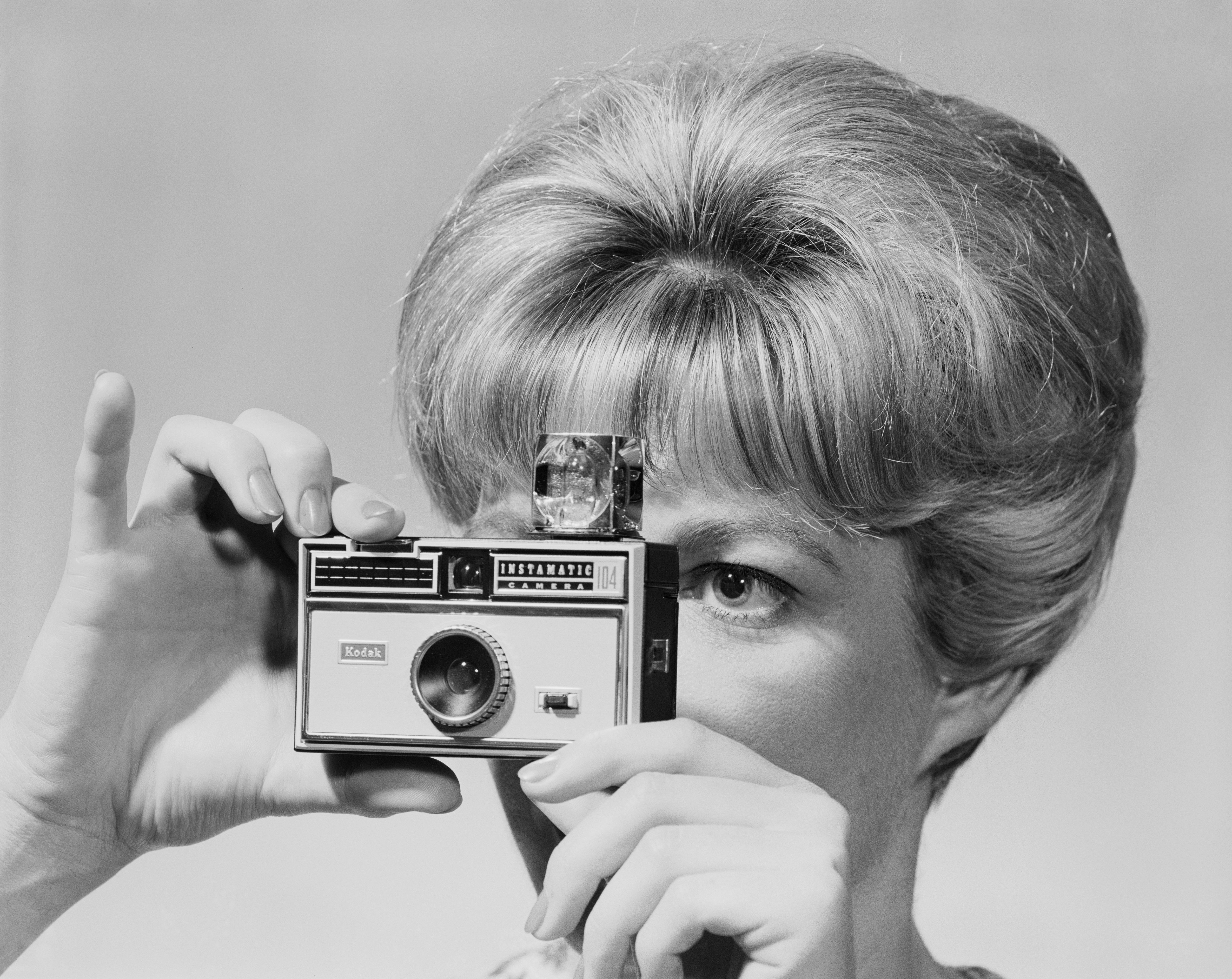How quickly a photo can be taken today: take out your smartphone, pull the trigger a few times and share it straight away. Today, we almost always take photos with our mobile devices and have thousands of photos in our memory. If we do want prints of these pictures, they can be ordered quickly and cheaply. But this was not always the case: 60 years ago, prints were an absolute luxury.
Even though colour film was discovered already in 1936, it took until the development of the single-lens reflex camera in the 1950s for photography to really establish itself. But even at that time it was still far from being suitable for the masses: colour films and the development of photographic prints were expensive and not affordable for everyone.
In Switzerland, this changed with the offer of the then Photo Ciné Service: just 7 years after its foundation, the company specialised from the former B2B to the end consumer. For Mr and Mrs Swiss, this meant inexpensive photo prints, conveniently sent to their homes - including a free film with every order.

In 1969 in the production of today's Ifolor AG in Kreuzlingen.
At 25 centimes per photo, photography was extremely affordable in 1986. The Swiss population loved to take photos, and thanks to innovations by big brands like Canon and Nikon, which offered models for the small purse in addition to the SLR camera, the industry received a big boost. In the 1990s, it became suitable for the masses, which was massively reinforced by the progress of digital photography.
In 2000, the turnover was 100% analogue.
Let's take a look at Photocolor Kreuzlingen at that time: As late as 2000, sales were still 100% analogue - digital photos thus had to be submitted by post, via diskette or CD to order photo prints. It was not until 2005 that the first photo online service was introduced. With this, the idea of design was added and ifolor offered software for the creation of photo books, calendars and photo greeting cards in response to the growing enjoyment of digital photography.

The introduction of the colourful photo envelopes for the photo prints was a great success: the constantly changing designs became a collector's item.
Even though these products gradually replaced prints: Digital photos are still among our most popular products today.
